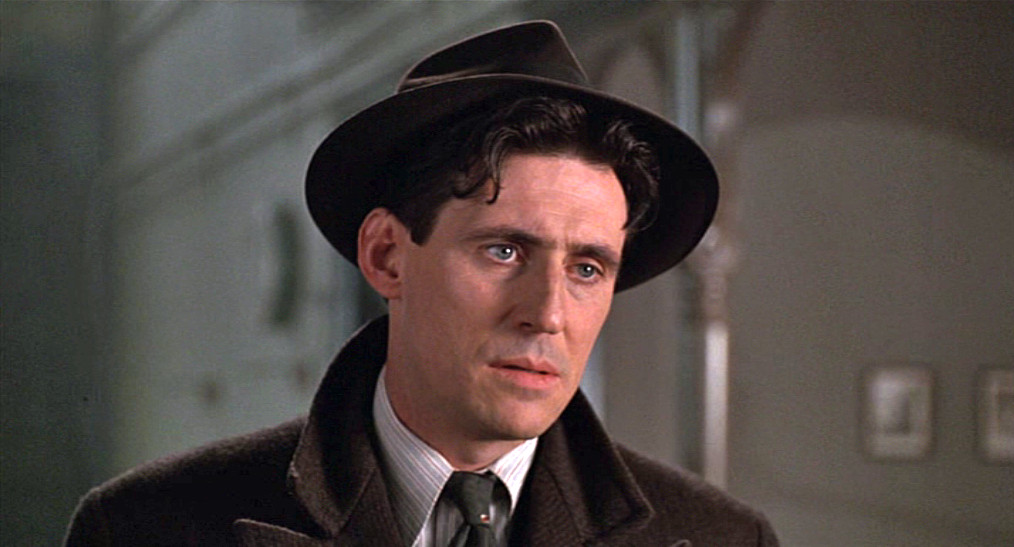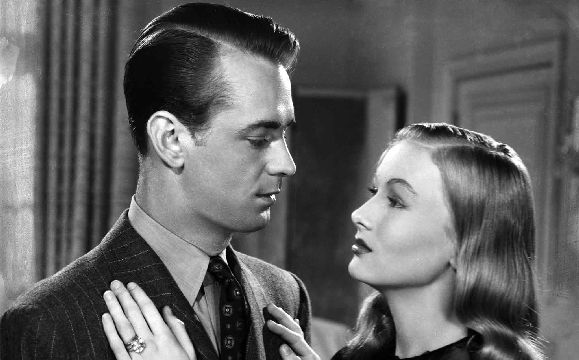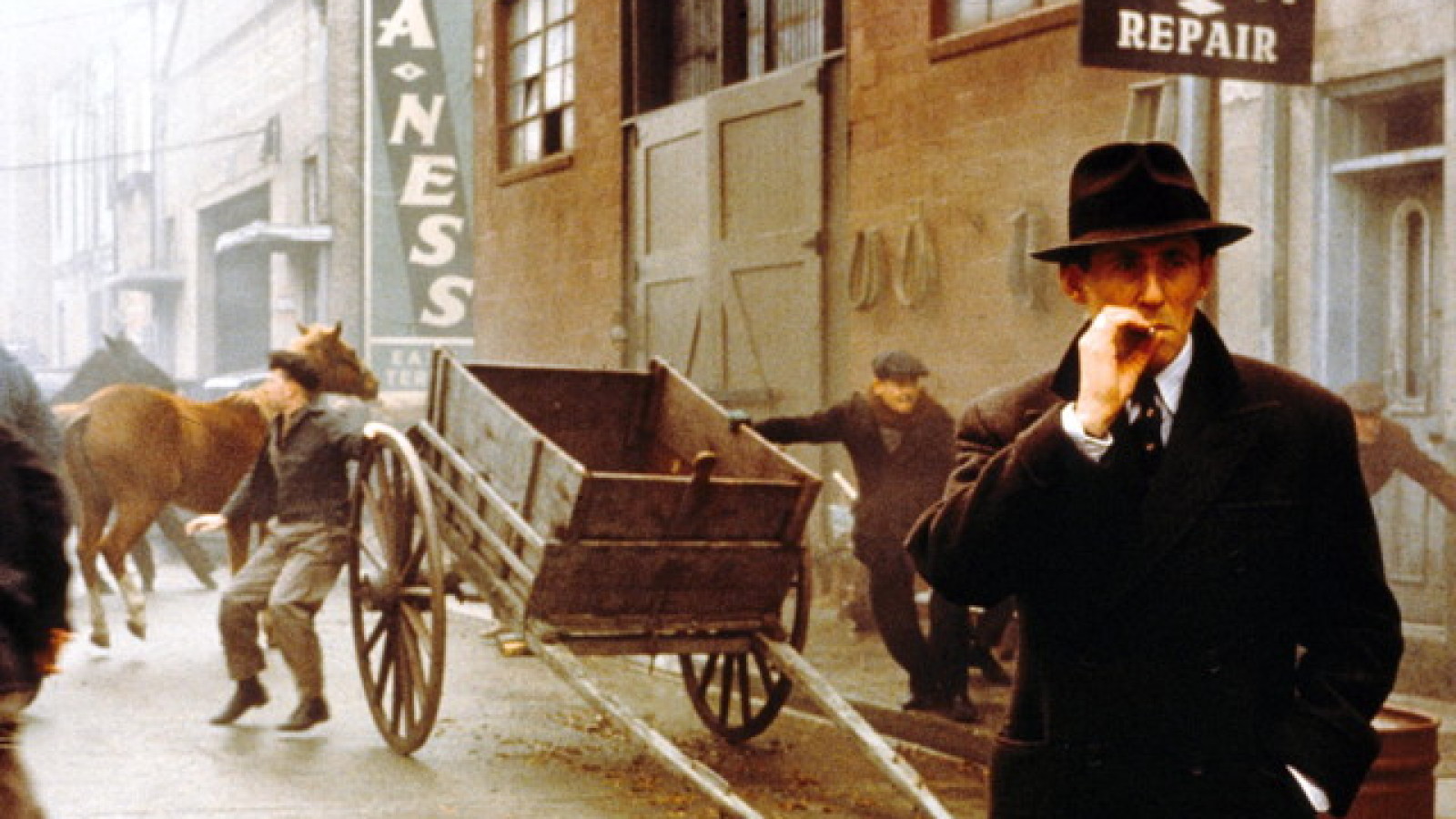
There is a good argument to be made for the filmmaking team of brothers Ethan and Joel Coen (one a director, the other a producer, both screenwriters) to be as mainstream as cult filmmakers can possibly get. Yes, they have Oscars (and many other awards) and have had box office success (OK, not up there with “Star Wars” or the biggest works of Steven Spielberg, but pretty good for “quality” filmmakers), but almost every film they have made has some kind of cult following.
These cults aren’t always cut along the lines of box office or award success. Yes, “Fargo” (1996) was a big hit and cult item but so was 1998’s “The Big Lebowski”, now virtually one for the pantheon, which is not at all how the film was first seen by reviewers or the public.
Even films such as “The Hudsucker Proxy” (1994) and 2016’s “Hail, Caesar!”, once thought of as misfires, now have passionate defenders (and if one doubts this, cross one of those acolytes). However, there are some exceptions, such as 2003’s “Intolerable Cruelty”, 2008’s “Burn After Reading”, certainly 2004’s remake of “The Ladykillers”… and, very oddly, 1990’s “Miller’s Crossing”.
“Miller’s Crossing” is a period gangland drama (with black comedy touches). It is true that the Coen’s comedies, even the purer black ones, tend to have more of a following than the dramas but the blind eye many turn to this film (admittedly, an early drama for the brothers after notable comedies and their debut, the neo-noir Blood Simple in 1984) is puzzling. However, being a drama doesn’t seem an impediment for such films as the Oscar winning No Country for Old Men (2007) or Inside Llewyn Davis (2013), a film also with an initially cold reception.
The thrust of this article is meant to point out this film’s virtues and, perhaps, to try to pinpoint why this one seems to have been lost in the shuffle. (A good measure of where this film lies culturally are the facts that Danny Peary named it the best film of 1990 in his book “Alternate Oscars”, and a 2005 Time poll listed it as one of the best films of the preceding century while Leonard Maltin awarded it two and half stars and tagged the film “dense and dour”.)
1. A Greatly Influenced Film

One may start with the plot of “Miller’s Crossing”. In an unnamed, presumably northern city in the troubled 1930s, two criminal gangs vie to control that city’s underworld activity. One of the gangs is headed by Leo (Albert Finney) and is dominant at the time the film’s action commences. The other is headed by Johnny Caspar (Jon Polito), who dearly desires for his gang to assume that position.
These factions exist in an uneasy peace in the best of times but, as the action begins, a weasley bookie named Bernie Bernbaum (John Turturro) is causing way more trouble than he is worth and the two sides are at odds as to how to handle the situation. Leo denies Caspar’s request to have a member of Leo’s gang kill Bernie since Leo currently has a good thing going with Verna (Marcia Gay Harden), who happens to be Bernie’s sister. Added to that is the fact that Tom Reagan (Gabriel Byrne), Leo’s trusted right hand man, is also having some high old times with Verna (though resolutely kept on the QT).
For a number of reasons, Tom agrees to kill Bernie, but lets the desperate man live and fakes shooting him to death in a clearing deep in the woods. All of this leads to a Pandora’s Box of unfolding events, during which Tom is cast adrift by Leo and ends up in the middle, constantly shifting loyalties and, ultimately, working the two sides against one another for his own ends.
Now, after having read thus far, many a film student or fan of art house cinema may exclaim, “Why, this is a remake of ‘Yojimbo’ (the great Japanese director Akira Kurosawa’s masterful 1961 film with Toshiro Mifune)!” Fans of neo-classical Hollywood films may go, “That’s the plot from ‘A Fistful of Dollars’ (Italian director Sergio Leone’s seminal 1964 spaghetti western, which brought Clint Eastwood stardom).” To cap it off, the faithful who love Hollywood movies might respond, “Well, that’s ‘The Glass Key’ (either the film noir 1942 version with Alan Ladd or, less likely, the 1935 noir forerunner with George Raft).” The wild thing is that all of them would be right.
All of those films go back to the 1931 novel “The Glass Key” by that quintessential American writer of the hard boiled school Dashiell Hammett. Though not quite as famous as 1929’s “The Maltese Falcon” (also a book with many adaptations and highly influential) or 1934’s “The Thin Man”, “The Glass Key” is definitely considered the third part of Hammett’s trilogy of genre masterpieces. Though only the two official film adaptations are credited to the novel, obviously this lesser-known book has still exerted a large influence.
The Coens use several episodes and patches dialog from this novel in the film, along with themes and ideas from Hammett’s first and truly lesser-known novel “Red Harvest” (also 1929 and a book which has no official adaptations). Many also found a touch or two from 1972’s monumental gangster epic classic “The Godfather”, which was set a bit later in time, and the British classic “The Third Man” (1949), among others.
Hammett’s works had a huge influence on the cinematic movement that would come to be known as film noir. It is quite plain that this film is using many conventions of that style. However, are they paying “homage” to it (and a homage is often just thought to be just a semi-clever way of committing theft) or playing with those conventions as a send up, or both? A Coen brothers film can often be quite tricky to dissect in such matters. The tones employed in their films can often change in midstream and in the blink of an eye (to the delight of some and despair of others). So, in the end, what is “Miller’s Crossing”?
2. Adaptation a la Coen

Following on this is thing that always comes first with any Coen brothers project (and even in some directed and/or produced by others): the screenplay. Both brothers generally work on the writing of their projects and it’s very plain that they share a…. well, unique sensibility. It’s not at all true that the brothers don’t take things seriously.
There are many, many serious (and seriously violent) things which take place in the Coens’ world. There is also a lot of humanity and feeling in their films (admittedly, harder to find in some than others). The crux of much in this cinematic world is the ultimate absurdity of a great deal of human behavior if seen in the proper light or from the correct distance.
The world of “Miller’s Crossing” is a criminal one. Quite a few of the actions carried out by the characters are…. well, appalling. These are things that the normal living, so to speak, would not involve. However, the brothers more often seem to be interested in the quirks surrounding or leading up to such behavior as opposed to the behavior itself.
A grand example of this is the fact that they concentrate on the image of a misplaced black fedora being carried over trees in the forest by the wind (which was an image used as “homage” from French noir master director Jean Pierre Melville’s great 1962 crime film ‘Le Doulos”). The fedora is indicative of a crime both times it appears. However, to the brothers that little detail is the humor in the horror.
3. A Style of Their Own

Going along with the brothers’ scripts is the fact that Joel’s directing style totally “gets” the moods and shifts of the pieces he co-writes. If he had directed “Miller’s Crossing” as a “straight” thriller it could have worked just fine.
However, it might truly have been yet another derivative neo-noir harking back to glory days of film noirs (and there were many of those made at one time). If he had directed it as an obvious send-up then it could have been something like a 1970’s Mel Brooks take-off. He might have profitably decided to go the black comedy route and have it come across as rather smart-alecky (and make no mistake, many already have stuck that label on the brother’s work).
The film both is and isn’t any and all of those things. The best way to describe this film is to say that it is, as with really all of their films, life as seen through the Coen filter. Their scripts see life as sad, funny, violent, absurd and a number of contradictory elements (and how far is that from being an accurate view of life period?). Joel Coen is a master of mixed moods and setting up the scenes for his actors to inhabit, all of which are major elements in making Coen films unique.